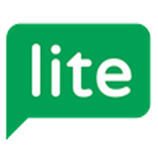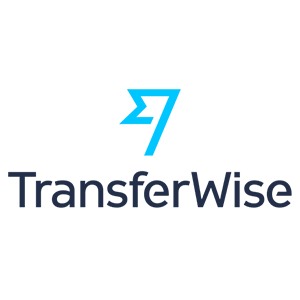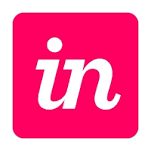How I Started A $40K/Month Multilingual Voice Over Agency And Marketplace
Hello! Who are you and what business did you start?
Hi, my name is Mony Raanan, and I’m the founder of Voice Crafters, a multilingual voice-over agency and marketplace.
Our network includes over 1,000 professional voice actors in more than 80 languages and we provide professional voiceovers for commercials, training videos, video games, e-learning, and much much more.
Voice Crafters has been around since 2009 and has produced thousands of voice-overs for brands like Google, HP, McDonald’s, American Express, United Airlines, and many, many more.
We pre-screen every voice actor to make sure they can self-record broadcast-quality audio and have at least 5 years of commercial experience.
Voice Crafters operated as an agency until early 2020, at which point we launched our online marketplace. This move essentially helped double our revenue to over $765,000 in 2022 with a bottom line of around 30%.

Download the report and join our email newsletter packed with business ideas and money-making opportunities, backed by real-life case studies.

Download the report and join our email newsletter packed with business ideas and money-making opportunities, backed by real-life case studies.

Download the report and join our email newsletter packed with business ideas and money-making opportunities, backed by real-life case studies.

Download the report and join our email newsletter packed with business ideas and money-making opportunities, backed by real-life case studies.

Download the report and join our email newsletter packed with business ideas and money-making opportunities, backed by real-life case studies.

Download the report and join our email newsletter packed with business ideas and money-making opportunities, backed by real-life case studies.

Download the report and join our email newsletter packed with business ideas and money-making opportunities, backed by real-life case studies.

Download the report and join our email newsletter packed with business ideas and money-making opportunities, backed by real-life case studies.




































